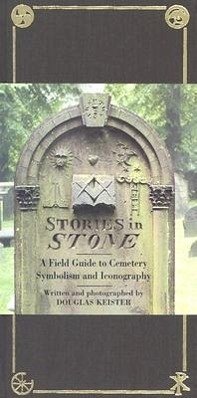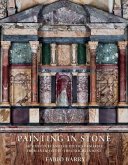Stories in Stone The Complete Illustrated Guide to Cemetery Symbolism The language of symbols is one that has been with us from the beginning of recorded history. Our everyday life is full of symbols. We see many of them when we are driving: arrows point us in the right direction, upside-down pyramids tell us of slow-moving vehicles, and octagons caution us to stop. There are multitudes of business symbols we encounter everyday: a stylized pair of golden arches indicates there's a McDonald's restaurant located nearby; a checkmark called a swoosh subtly informs that its owner is wearing a Nike product; a polychrome apple with a bite taken out of it whimsically announces that its product is an Apple computer; a storefront displaying a symbol of three balls shows that its business is a pawn shop. The meaning of most symbols has remained fairly consistent through the centuries: crosses for Christians, six-pointed stars for Jews, the yin-yang symbol for Buddhists-and hearts speak of love, lambs of innocence, and circles of completeness and immortality. But, nowhere is the language of symbols more apparent than in cemeteries. Dead men may tell no tales, but their tombstones do. Besides informing us of people's names and dates of birth and death, tombstones often tell us what religion they affilated with, what ethnicity they descended from, what clubs and organizations they belonged to, what occupations they worked in, and what thoughts they held on the afterlife. Journey with us now into the little-known world of cemeteries. The author provides fascinating information and stunning full-color and black-and-white images of funerary architecture designed for eternal life, from mausoleums, chapels, and offices, to tombs, sculptures, and memorials. He then draws us into the very personal area of stone relics designed especially for the deceased, from likenesses of plants, animals, mankind, and mortality, to icons of religion, societies, clubs, and final impressions of how the occupant wanted to be remembered.








